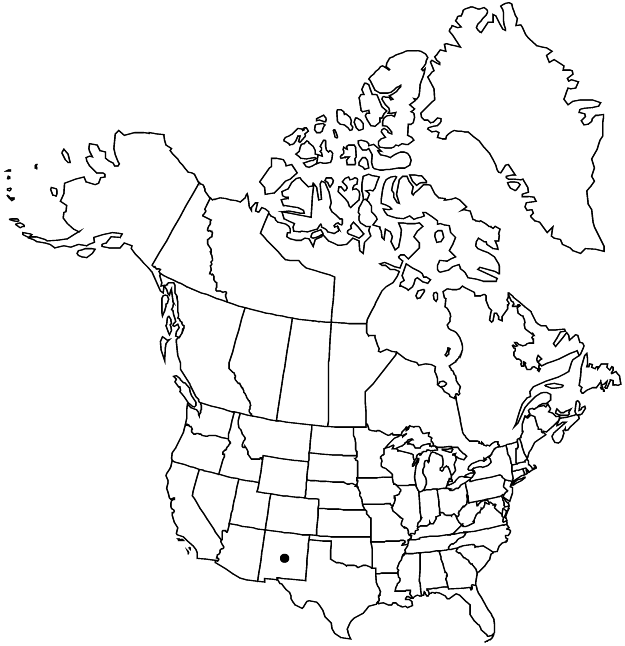Rumex tomentellus
Leafl. W. Bot. 7: 133. 1954.
Plants perennial, distinctly and often densely tomentose and/or papillose-pubescent, especially abaxial sides of leaf-blades, ocreae, and petioles, with fusiform, vertical rootstock. Stems erect, branched in distal 1/2–2/3, 30–70 (–100) cm. Leaves: ocrea deciduous or partially persistent at maturity; blade oblong-lanceolate, 20–30 × 5–10 cm, base cordate to broadly cuneate, margins entire, repand, flat or crisped, apex acute or attenuate. Inflorescences terminal, occupying distal 1/2–2/3 of stem, interrupted in proximal 1/2, paniculate, branched. Pedicels articulated in proximal 1/3, filiform, distinctly swollen in distal part (near base of tepals, but not at articulation point), 4–14 mm, articulation weakly evident, not swollen. Flowers 10–20 in whorls; inner tepals oblong-ovate, 4–6 × 3–5 mm, base rounded to subcordate, margins entire, apex obtuse or subacute; tubercles absent. Achenes mature specimens not seen. 2n = 120.
Phenology: Flowering spring–summer.
Habitat: Seasonally wet habitats along streams
Elevation: 2500 m
Discussion
Rumex tomentellus is known only from New Mexico and needs additional study. It may represent one of the southern North American elements of the R. aquaticus–R. occidentalis aggregate.
Selected References
None.
Lower Taxa
"/2" is not declared as a valid unit of measurement for this property.
